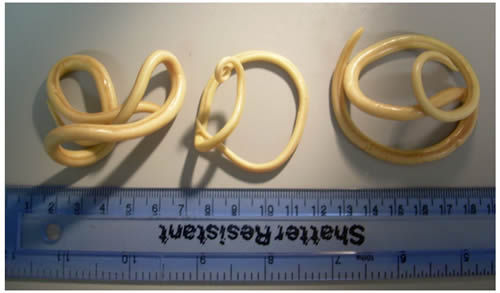A simpler way to make sensory hearing cells.
- SIGMABIOL

- Jul 11, 2020
- 2 min read
"We've succeeded in directly reprogramming a variety of mouse cell types into what we're calling 'induced hair cell-like cells, or iHCs," said Ph.D. student Louise Menendez, the study's lead author. "This allows us to efficiently generate large numbers of iHCs to identify causes and treatments for hearing loss."

The scientists successfully reprogrammed three different types of mouse cells to become iHCs. The first two types were embryonic and adult versions of connective tissue cells, known as fibroblasts. The third was a different type of inner ear cell, known as a supporting cell.
To achieve reprogramming, the scientists exposed fibroblasts and supporting cells to a cocktail of four transcription factors, which are molecules that help convey the instructions encoded in DNA. The scientists identified this cocktail by testing various combinations of 16 transcription factors that were highly active in the hair cells of newborn mice.
"The four key ingredients turned out to be the transcription factors Six1, Atoh1, Pou4f3, and Gfi1," said Menendez.
The resulting iHCs resembled naturally occurring hair cells in terms of their structure, electrophysiology, and genetic activity. The iHCs also possessed several other distinct characteristics of hair cells, including vulnerability to an antibiotic known to cause hearing loss.
"In the near term, researchers can use iHCs to screen large numbers of drug candidates that might prevent or treat hearing loss," said Ichida, who is also a New York Stem Cell Foundation-Robertson Investigator. "And further in the future, it could become possible to directly reprogram supporting cells in the inner ear of a deafened individual, as a way to restore hearing."
SUMMARY:-
Scientists from the USC Stem Cell laboratories of Neil Segil and Justin Ichida are whispering the secrets of a simpler way to generate the sensory cells of the inner ear. Their approach uses direct reprogramming to produce sensory cells known as "hair cells," due to their hair-like protrusions that sense sound waves. The study was published in journale Life.





Comments